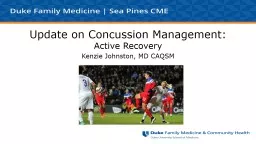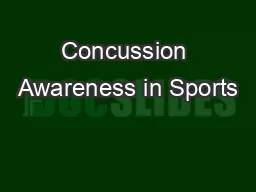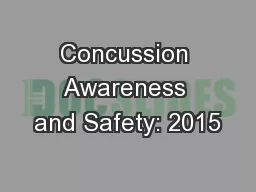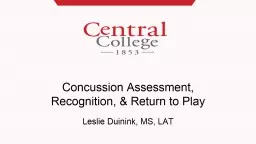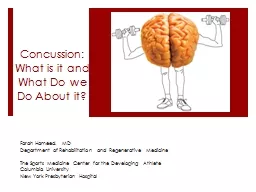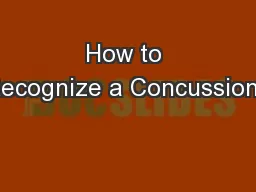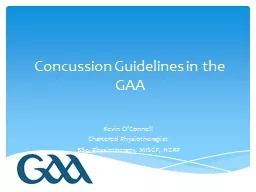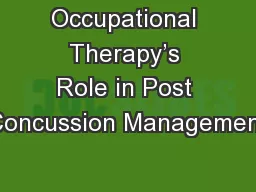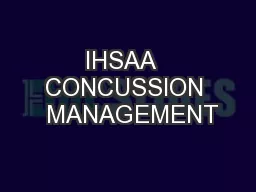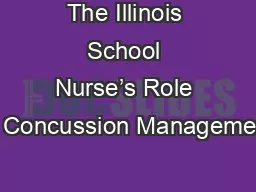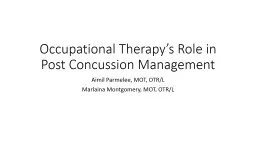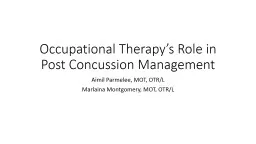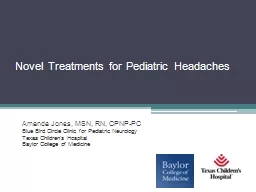PPT-Update on Concussion Management:
Author : aaron | Published Date : 2020-04-07
Active Recovery Kenzie Johnston MD CAQSM Objectives Briefly define what is a sport related concussion SRC Touch on how to make a diagnosis Discuss newest management
Presentation Embed Code
Download Presentation
Download Presentation The PPT/PDF document " Update on Concussion Management: " is the property of its rightful owner. Permission is granted to download and print the materials on this website for personal, non-commercial use only, and to display it on your personal computer provided you do not modify the materials and that you retain all copyright notices contained in the materials. By downloading content from our website, you accept the terms of this agreement.
Update on Concussion Management: : Transcript
Download Rules Of Document
" Update on Concussion Management: "The content belongs to its owner. You may download and print it for personal use, without modification, and keep all copyright notices. By downloading, you agree to these terms.
Related Documents

